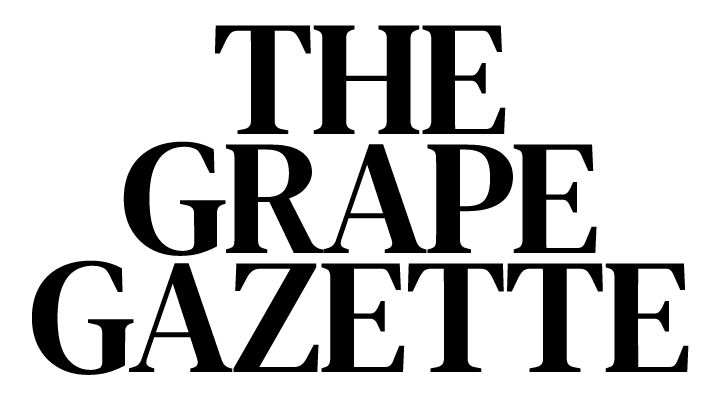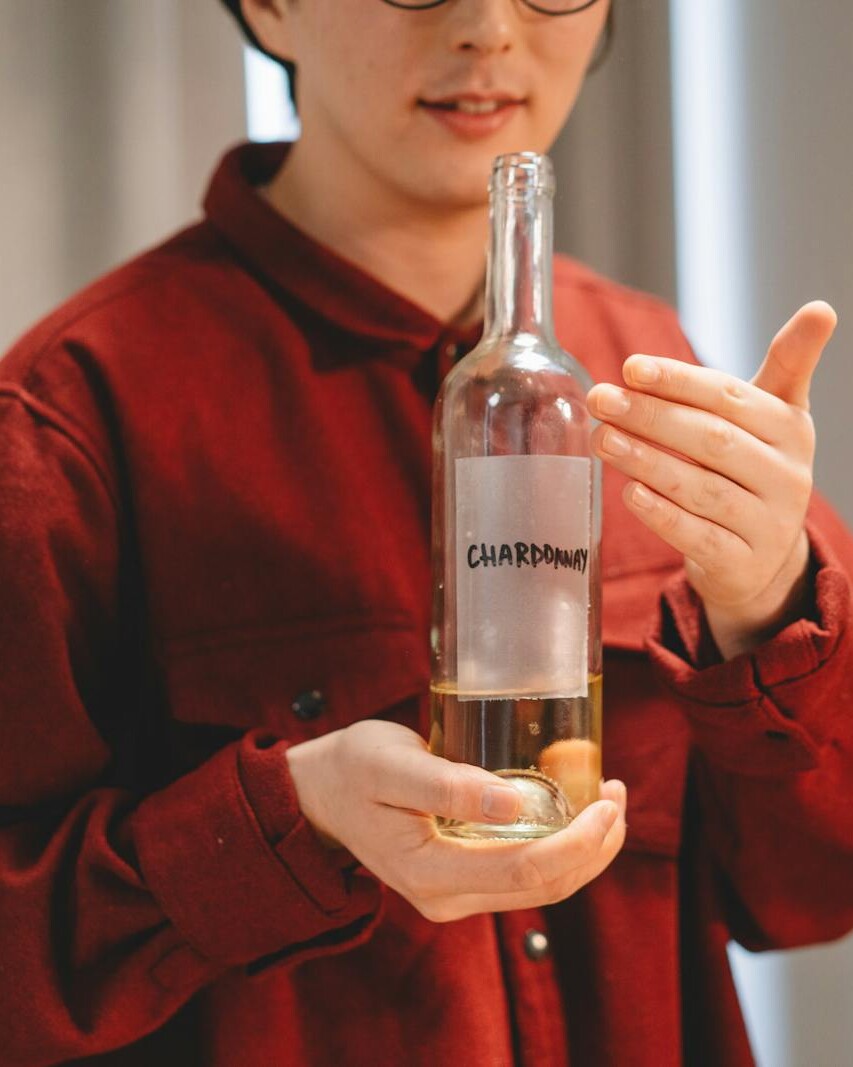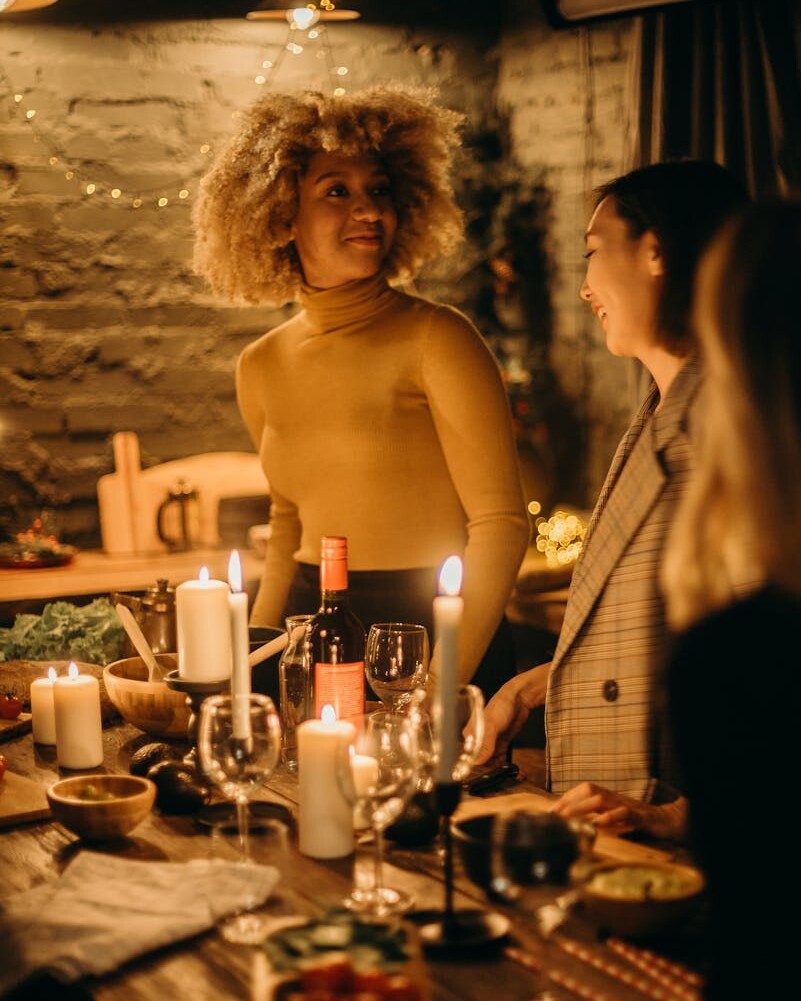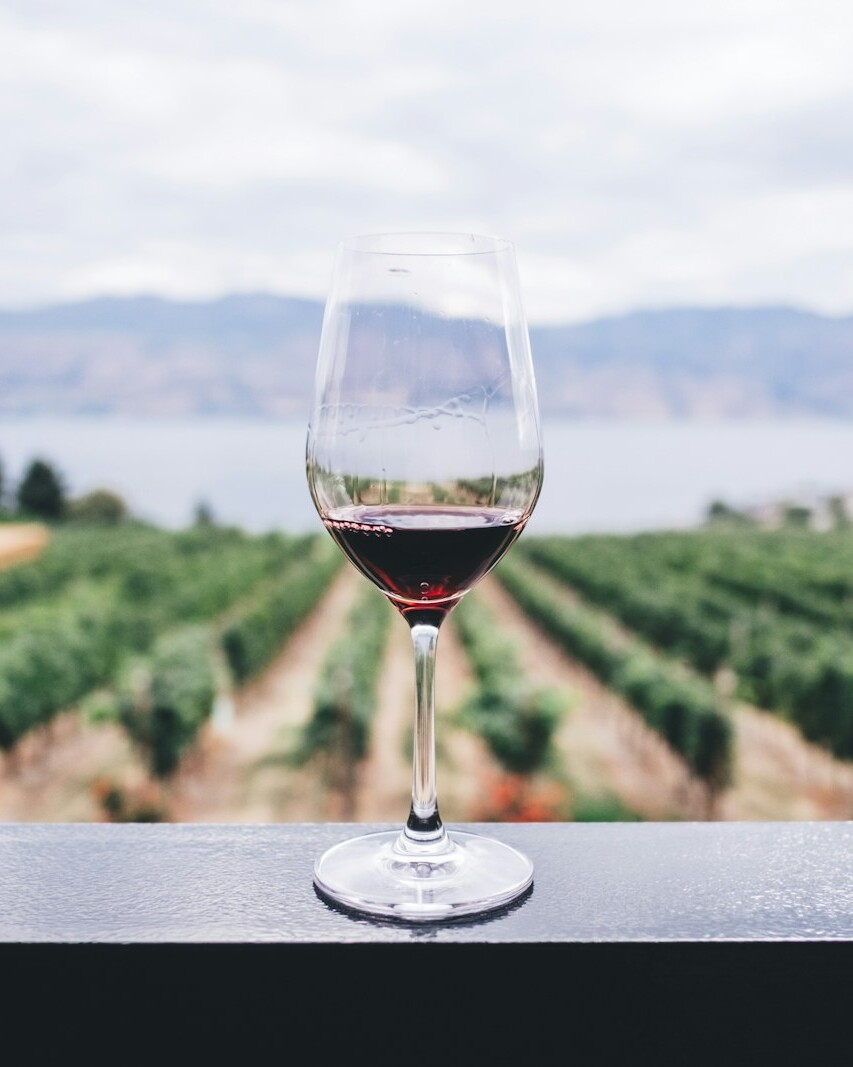Wine tasting is more than just sipping and swallowing; it’s an art that engages all your senses and can enhance your appreciation of different wines. Whether you’re a complete novice or just looking to refine your skills, here are some essential tips and tricks to help you get started on your wine-tasting journey.
1. Choose the Right Glassware
- Shape Matters: Use a glass with a bowl that narrows at the top to concentrate the aromas. This is especially important for red wines.
- Stemmed Glasses: Additionally, hold the glass by the stem to avoid warming the wine with your hands.
2. Observe the Wine
- Colour and Clarity: Firstly, tilt the glass at a 45-degree angle and observe the wine against a white background. Note the colour, clarity, and viscosity. This can give clues about the wine’s age, grape variety, and concentration.
3. Swirl the Wine
- Aeration: Furthermore, gently swirl the wine in your glass to expose it to air. This releases the wine’s aromas, making it easier to detect different scents.
4. Smell the Wine
- First Impression: Initially, take a quick sniff to get your first impression of the wine’s aroma.
- Deep Inhale: Then, take a deeper sniff to identify specific aromas. Think about fruits, flowers, herbs, spices, and other scents. This step is crucial, as much of what we perceive as taste is actually smell.
5. Taste the Wine
- Small Sips: To begin with, take a small sip and let it sit in your mouth. Roll it around to cover all your taste buds.
- Identify Flavours: Next, pay attention to the different flavours you experience. Consider sweetness, acidity, tannin levels, and alcohol content.
- Texture: Additionally, note the wine’s body and texture. Is it light and crisp or full-bodied and rich?
6. Savour the Finish
- Length of Finish: Swallow the wine and observe the aftertaste. A long finish is often a sign of a high-quality wine.
- Final Notes: Identify any lingering flavours or sensations.
7. Keep a Wine Journal
- Record Your Impressions: Subsequently, jot down your thoughts on each wine you taste. Include details about the wine’s appearance, aroma, taste, and finish. Over time, this will help you recognise patterns in your preferences.
8. Understand Wine Terminology
- Common Terms: Familiarise yourself with basic wine terms like body, tannin, acidity, and bouquet. This will help you articulate your tasting experiences more effectively.
9. Pairing Wine with Food
- Complement and Contrast: Learn the basics of wine and food pairing. Generally, white wines pair well with lighter dishes like fish and chicken, while red wines are better with richer dishes like beef and lamb.
- Experiment: Moreover, don’t be afraid to try unconventional pairings. Sometimes, the best matches are the least expected.
10. Practice, Practice, Practice
- Attend Tastings: Join local wine tasting events or visit wineries. The more you taste, the better you’ll become at identifying different characteristics.
- Wine Tasting Groups: Furthermore, join a wine tasting group to share experiences and learn from others.
Cheers!
Wine tasting is a personal and subjective experience. What you enjoy might differ from others, and that’s perfectly okay. The most important thing is to have fun and enjoy the process of discovering new wines.
Whether you’re enjoying a glass with friends or exploring a new vineyard, these tips will help you appreciate the nuances of each wine you taste. Cheers to your wine tasting journey!




